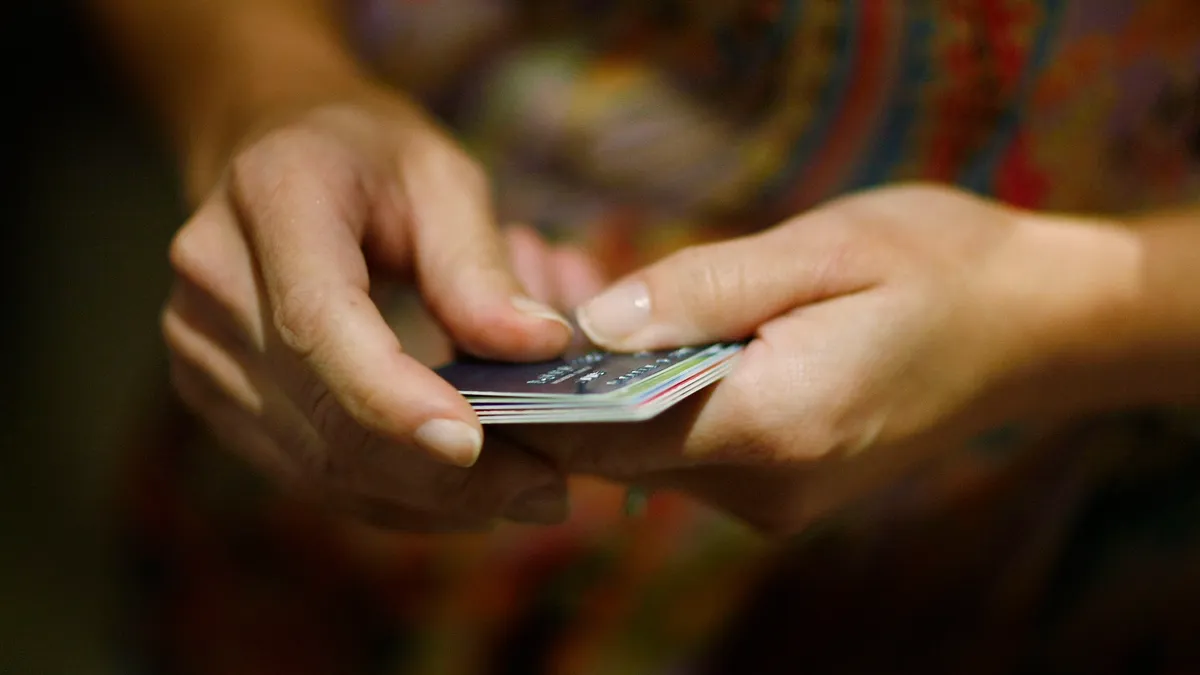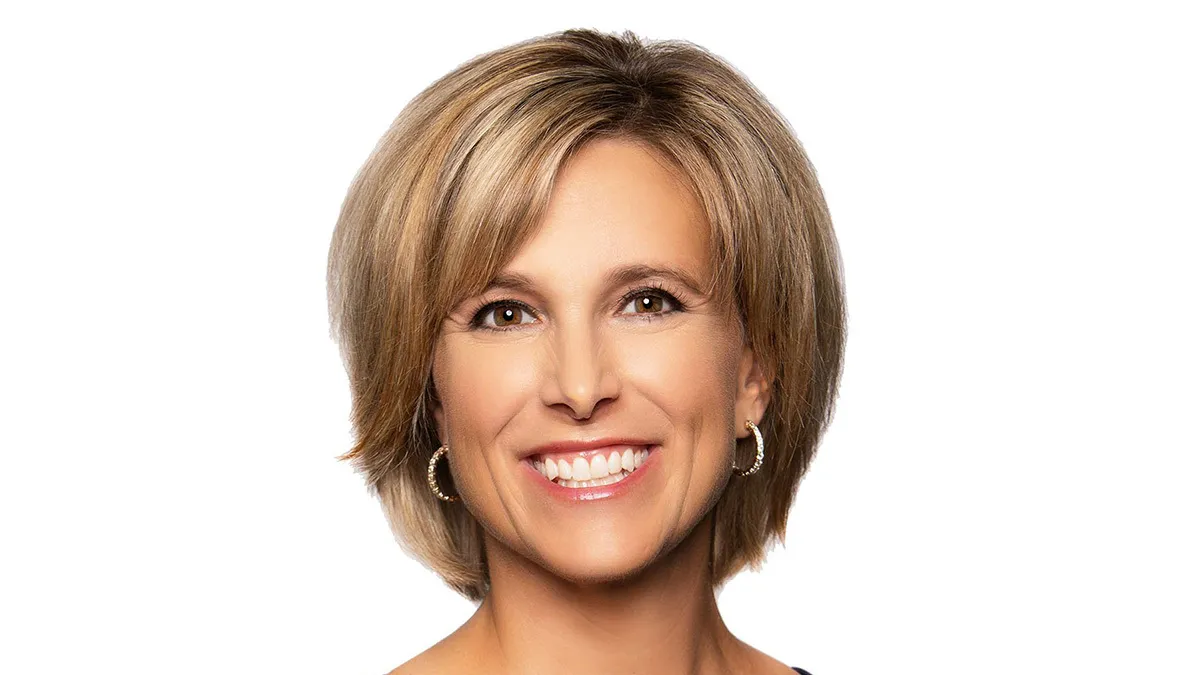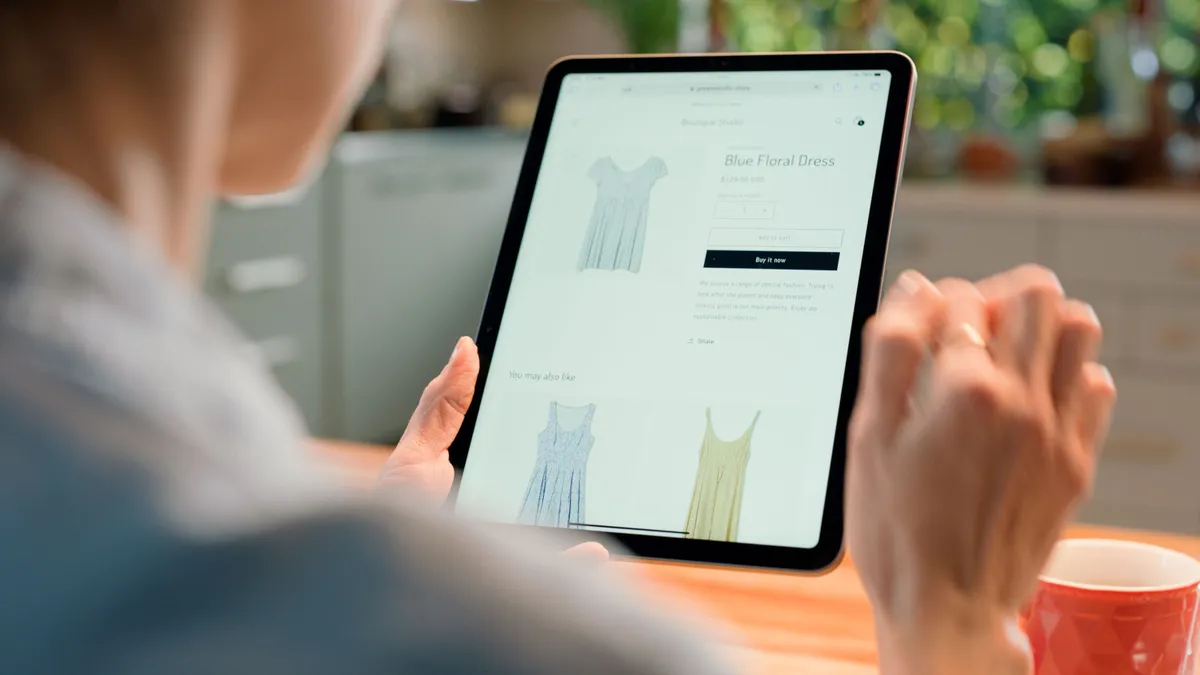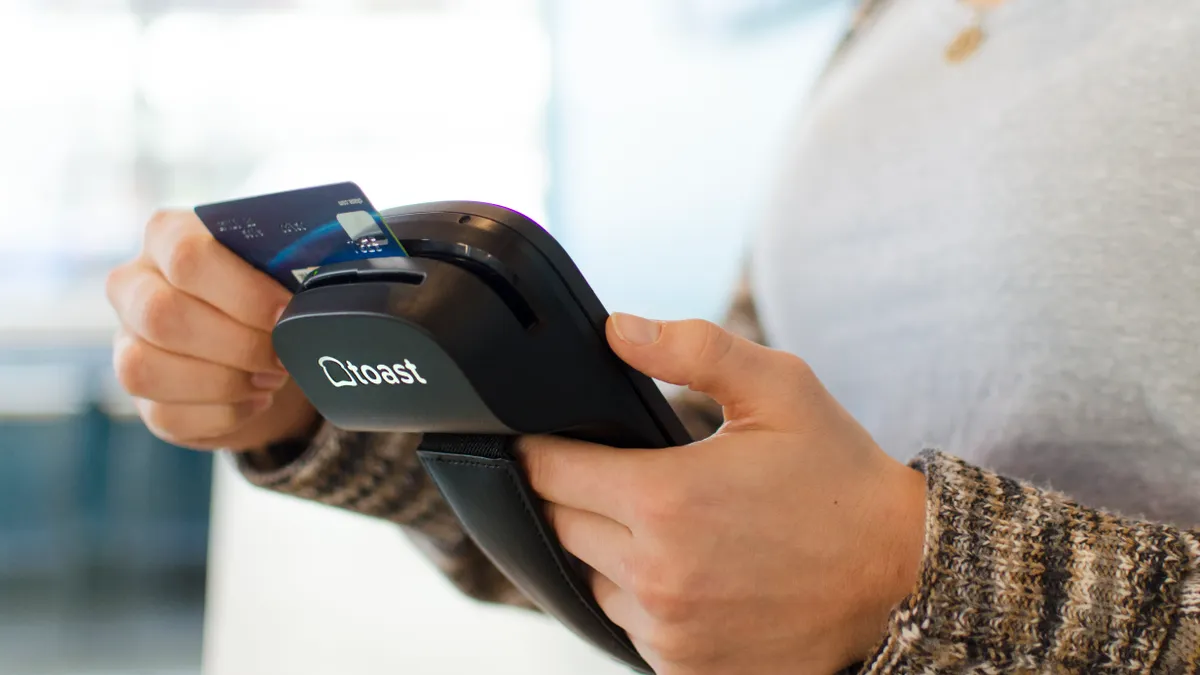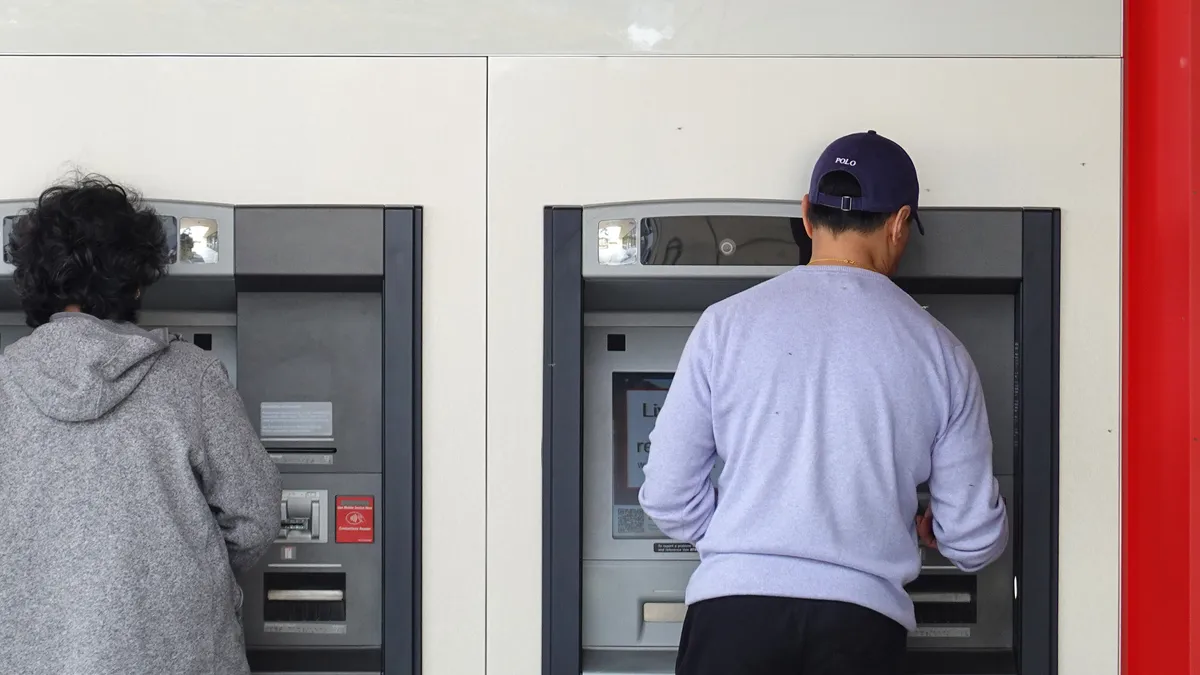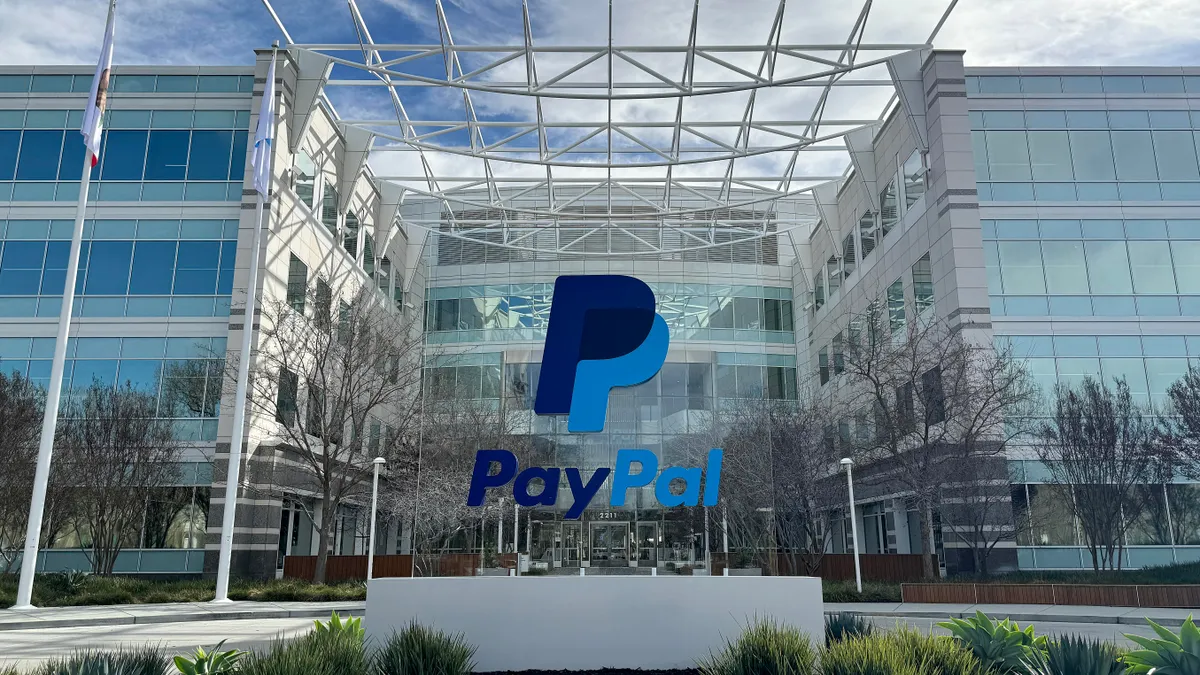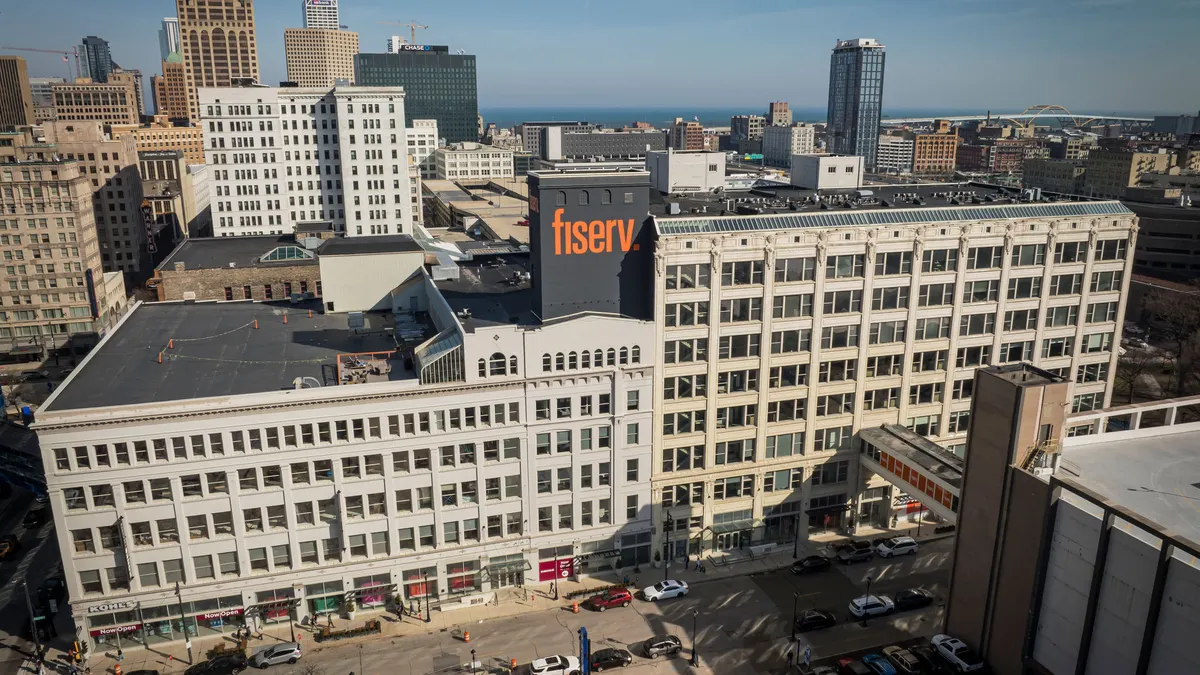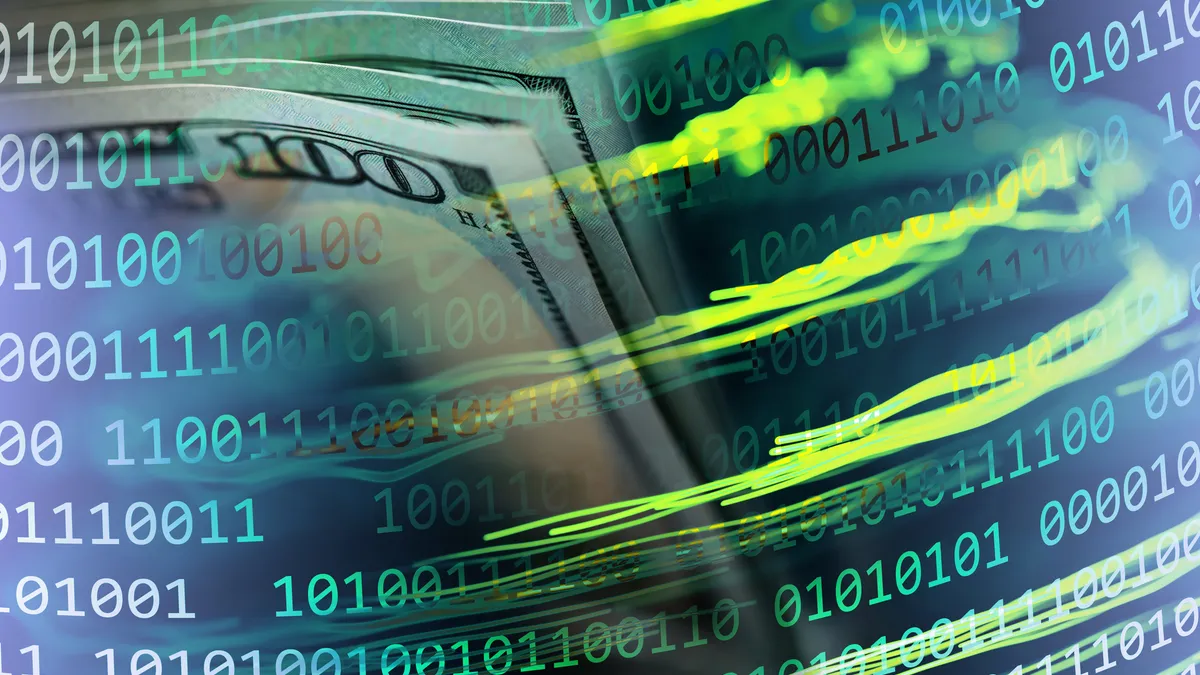Holiday shoppers this year may have less room on their credit cards, and little enthusiasm for making that worse.
In July, 61% of U.S. consumers lived paycheck to paycheck, 2 percentage points more than a year ago, according to research from digital marketplace bank LendingClub. More consumers of all income brackets reported that situation, those researchers also found.
Credit cards have helped U.S. consumers get through a couple of years of rising prices, and buoy retail sales for several months. But that has also helped push their collective balance to a record $1.03 trillion dollars, according to the New York Federal Reserve Bank’s Q2 report on household debt.
Last year, consumers added $116 billion in new credit card debt, with $88.4 billion of that just from spending during the holiday quarter, according to a report from WalletHub. This year, Q2 ended with the second-largest increase ever for the period, at $43 billion, per that research. Much of the increase is driven by discretionary purchases, LendingClub found.
The higher interest rates of this inflation-fighting time are making it harder for consumers to pay off their cards, so more are carrying balances, according to Bankrate Senior Industry Analyst Ted Rossman. More than half told Bankrate that they expect to pay for at least some of their holiday purchases with a credit card, and 19% of them are willing to take on or add to their debt.
But many — including those still with balances left over from last year’s holiday — will likely hesitate before throwing their purchases on a card, according to Meghann Martindale, head of retail research at Madison Marquette.
Student loan payments, which will resume about when holiday shopping begins, are adding to the squeeze, she also said. About 60% of those with student debt, or more than 25 million consumers, will have $300 less per month to spend this year, according to Earnest Analytics.
“Consumers overspent last holiday season. We were still riding the high of everything being back to — quote — ‘normal,’ and the attitude was ‘hey, just put it on a credit card,’” Martindale said by phone. “I don’t believe that consumers will be as cavalier about it this year.”
Store cards in trouble
Before the season has even begun, pressure on consumers is showing up in retailers’ own financial results, with several including Macy’s, Target, Kohl’s and J.C. Penney reporting Q2 revenue or income declines related to their store cards.
Delinquencies, which siphoned $84 million out from Macy’s topline, are also an emerging problem. Reductions in credit income at Macy’s in June and July was worse than analysts at Bank of America expected, according to a Sept. 26 research note. Previously, the situation had been normalizing as the pandemic eased, according to Bank of America analysts led by Lorraine Hutchinson.
“Consumers overspent last holiday season...I don’t believe that consumers will be as cavalier about it this year.”

Meghann Martindale
Head of Retail Research, Madison Marquette
While revenue from Nordstrom’s store credit card rose 5.8% to $110 million, Chief Financial Officer Cathy Smith said that delinquencies were also up, which she warned could be “a precursor for higher credit losses in the future.”
Net charge-offs — debt on credit cards that is unlikely to be collected — have exceeded 2019 levels for the first time since the pandemic, according to the Bank of America analysts.
Complicating this further is a proposal from the Consumer Financial Protection Bureau that would rein in late fees, from currently allowable fees of $30 for an initial missed payment and $41 for additional late payments to $8. Noting that a lack of transparency, different credit card setups and varying calculation methods all make estimates difficult, Bank of America nevertheless determined that 12% to 14% of Nordstrom’s credit revenue comes from late fees, with that likely higher for Macy’s and Kohl’s given their customer profiles.
The Bank of America analysts also said they now expect all department stores’ credit card revenue this year to land below 2019 levels.
Buy now, pay later, worry soon
The buy now, pay later options that have smoothed discretionary spending for many shoppers, especially those with no or poor credit, could ultimately stress consumers further. So far, these balances haven’t been factored into most calculations of the country’s aggregate household debt, according to Martindale.
Such plans can help shoppers avoid the interest charges that can quickly add up on credit card statements. But the financial consequences are often dire if required payments aren’t timely, experts said.
“Especially with younger consumers — Gen Z and millennials — these new debt vehicles have really taken shape,” Martindale said. “As long as you're making your payments you're probably in an okay position. But you're still carrying balances owed, and the penalties if you do default on a ‘buy now, pay later’ is where they’ve really got you.”
Though some may hesitate, buy now, pay later plans are probably going to be attractive this year despite their downsides, she and others said.
“The product as it’s constructed today stimulates impulse buying without giving purchase protection like credit cards do, nor does it deliver the benefits of positive payment reporting to credit bureaus,” said Alia Dudum, a money expert at LendingClub. “If you’re struggling to pay bills or build savings, adding a new payment could put a strain on an already tight budget.”
This year, thanks in part to higher credit card balances and looming buy now, pay later payments, more shoppers will have less savings to put toward their expenses — or their holiday plans — and fewer may have the appetite for yet more debt, analysts said. This situation will likely create a starker climate of winners and losers among retailers, according to GlobalData Managing Director Neil Saunders, who predicts a “conservative holiday for retail” overall.
“The resumption of student loan repayments, a dwindling down of pandemic savings, and higher debt servicing costs are all going to weigh on consumers and further shift buying behaviors,” he said in emailed comments.



